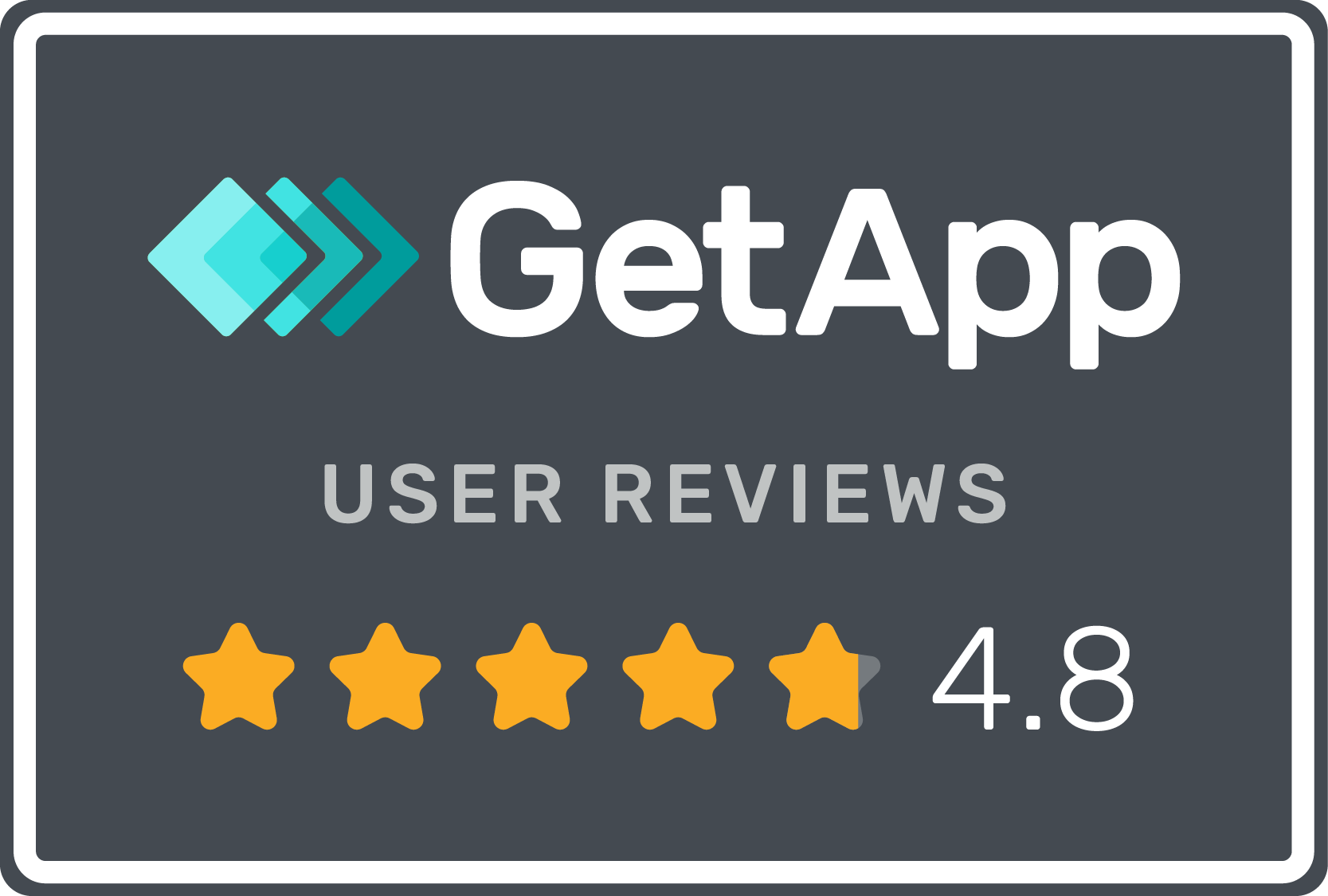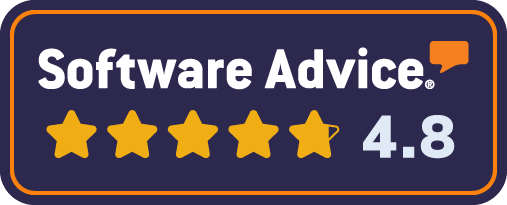The 8 core features of a modern Digital Asset Management system (DAM)
The 8 core features of a modern Digital Asset Management system
What are the key features of a digital asset management system?
DAM systems(DAMs) have been around for a while now and as time goes on many vendors are adding a number of “non-core” features or are attempting to redefine what a DAMs is/does.
We’re doing it too, but so often when we talk to customers, they are still trying to solve that basic problems of centralisation and finding assets, that DAM systems solved some time ago.
“…customers are still trying to solve that basic problems of centralisation and finding assets…”
As a DAMs vendor, we’re just as guilty as anyone at looking for the next beast to slay in the wider marketing automation area.
Maybe we’re getting ahead of ourselves or rather where most DAMs customers are likely to be.
It’s a new year, so it’s worth taking a step back and re-establishing the eight core features of a DAM system.
1. Centralising and Organising
At its core a DAM system is the central place where you gather all your digital assets, store them and organise them into logical groups.
It’s the one place where everything (all your digital assets) is stored - a single source of truth.
Why? Before DAM systems, digital assets were scattered across a company’s personal hard drives, network drives, intranets, email system, web sites, usb sticks, at the Agency, on a CD, in a box somewhere, and various other places.
Sometimes it was impossible to find as asset, and almost always it took way too long to find and access the file, and it wasn’t clear whether the file was the latest version, or was safe to use commercially.
A DAMs enables the reuse of investments in Brand and Marketing content (what makes them “Assets”) by approved users, at any time.
Reducing lost time, mistakes, recreation costs and at the same time increasing productivity and marketing cadence.
2. Searching
Over time as you grow and invest in digital assets such as logos, images, video, infographics, etc, you will build up a library of content.
Searching for content/files, particularly as your team size grows, takes time.
In fact research suggests that on average a Marketer spends 11 hours per month searching for digital assets.
“… Marketers spend on average 11 hours per month searching for digital assets…”
A good DAM reduces that time to almost nothing, because all Assets are in one place, organised and tagged making search fast and accurate.
3. Downloading
An Asset is only an asset if it is used and reused again and again.
So being able to download and use an Asset is a vital function of a DAM system.
A good DAM should make downloading single files or a batch multiple files simple, fast and efficient.
4. Sharing
Sharing is also a vital function of DAMs to enable collaboration between employees, partners, the Agency, resellers, suppliers and customers.
Typically a Marketer can use a DAMs to share asset files or collections of assets with individuals or groups of people, by:
- Emailing a link to Download Assets
- Emailing a link to view a Collection/Lightbox
- Referring people to a Self Service Portal
- Embedding an Image in a website using an image URL
- Posting an image to Social media
5. Versioning
Making sure everyone is using the latest and/or correct version of an Asset is an important feature of a typical DAM system.
DAMs should allow the uploading of new versions of an asset (e.g. a Logo or Presentation) with the ability to see version history, the ability to roll back to a previous version if a mistake is made.
6. Controlled Access
A DAM system houses your most valuable digital “Assets”, so controlling who can access them is another important feature of a DAM.
One of the features that separates DAM systems from other storage systems is its access control structure, ensuring that your assets are only used by the right people at the right time.
A good DAM will typically require a user to login, accept terms of use and allow particular users access to particular assets, based on the users predefined User Role/User Group.
DAMs should require compliance with terms of use, licence conditions and/or usage instructions and record access history or a log of user activity.
7. Reporting
A DAM system should be able to provide you with insights about your digital assets and their usage.
This is another feature that sets DAM systems apart from storage systems.
DAMs typically provide reports that identify the makeup of your asset library, the size, number of files, who is downloading and sharing assets and often what content is most successful.
Understanding how your current assets (aka content investments) are performing is vital and should help guide your future content investments.
8. Integration
Content lies at the heart of Marketing activity and so DAMs should and are becoming a central part of the entire marketing ecosystem.
Therefore a good DAM system will offer integration with other systems.
This could be as simple as Single Sign On capability for a company’s users and as complex as integration with Creative workflow applications, CRMs, Storage Services and much more.
In Summary
Many DAM system vendors offer a lot of additional features, like creative workflows, web to print, project management, ecommerce, and more, in an effort to set themselves apart.
However, none of these are essential to a DAM system and can spoil the benefits a good DAMs brings with feature creep, complexity and higher costs.
Most of these additional non-core features are probably better handled in more specialised software. Particularly when a DAM offers integration.
Like many things in life, less is often more. DAMs included.
So my advice, focus on these 8 core DAM features.
- Centralising
- Organising
- Searching
- Downloading
- Sharing
- Versioning
- Controlled Access
- Reporting Integration
Happy marketing :)
p.s. If you’re interested in a modern DAM with all the core features covered - checkout Brandkit.
The 8 core features of a modern Digital Asset Management system
What are the key features of a digital asset management system? DAM systems(DAMs) have been around for a while now and as time goes on many vendors are adding a number of “non-core” features or are attempting to redefine what a DAMs is/does…


